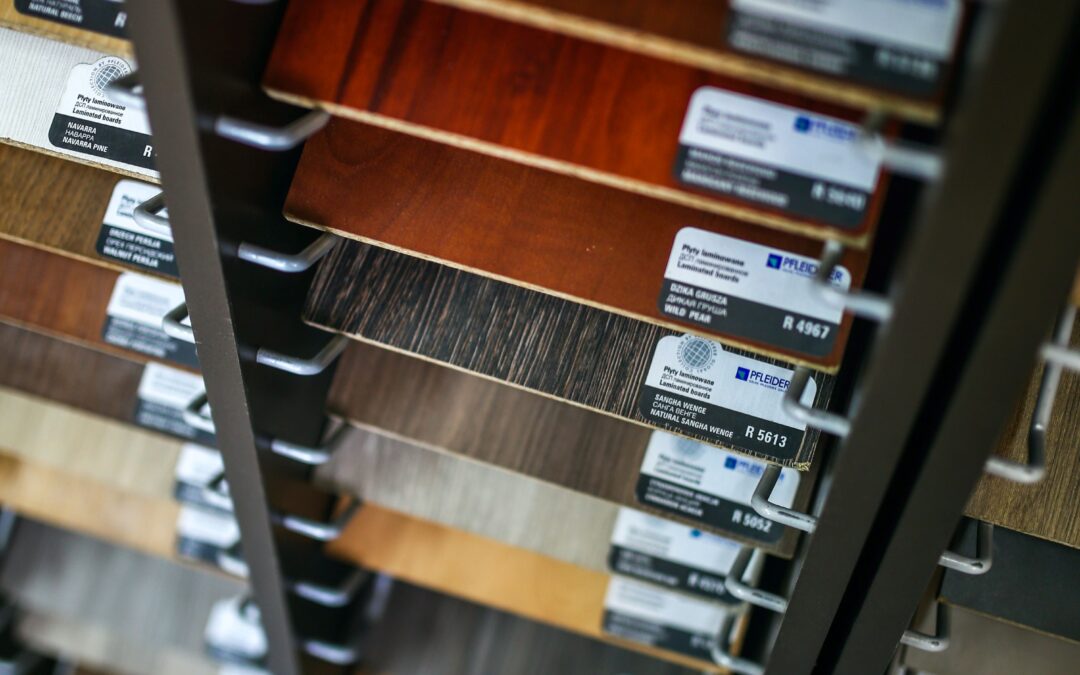Product development is an exciting and challenging process that requires careful consideration of various factors, and one of the most critical elements is selecting the right materials. The materials you choose can significantly impact the performance, quality, and cost of your product. In this blog, we will guide you through the process of finding the right materials for your product, from understanding your project’s requirements to sourcing and testing materials.
Define Your Product Requirements
Before diving into material selection, you must clearly define your product’s specifications and requirements. This includes understanding the function, environment, lifespan, and regulatory standards your product needs to meet. Consider the following questions:
- What is the primary function of your product?
- Where and how will the product be used?
- What are the mechanical, thermal, and electrical requirements?
- Are there any safety or environmental regulations to comply with?
- What is your budget for materials?
An experienced design firm can help you navigate requirements and determine the right fit for your product and process.
Research and Explore Material Options
Once you have a solid understanding of your product’s requirements, start researching potential materials. This is where you can get creative and think beyond the obvious choices. Consider both traditional and innovative materials. Some resources for material research include:
- Material databases and catalogs
- Trade shows and conferences
- Online forums and communities
- Consultation with product development experts or materials engineers
Material Properties and Characteristics
For each material option, analyze their properties and characteristics to match them with your project’s requirements. Key properties to consider include:
- Mechanical properties (strength, hardness, flexibility, etc.)
- Thermal properties (conductivity, expansion, resistance, etc.)
- Electrical properties (conductivity, insulating capabilities, etc.)
- Chemical resistance
- Durability and lifespan
- Environmental impact (recyclability, sustainability, etc.)
Cost Analysis
Cost is a critical factor in material selection, as it affects your product’s overall pricing and profitability. Consider the initial material cost, processing cost, and long-term expenses such as maintenance and replacement. Balance your budget constraints with the desired material properties.
Material Sourcing
Once you’ve narrowed down your options, it’s time to find reliable sources for your chosen materials. Evaluate potential suppliers based on factors like quality, reliability, lead times, and cost. It’s often a good idea to establish relationships with multiple suppliers to ensure a consistent supply chain. A well-connected design firm can also assist with this.
Prototyping and Testing
Before committing to a material for mass production, it’s crucial to create prototypes and conduct testing. Prototyping allows you to evaluate the material’s performance, identify potential issues, and make necessary adjustments. Testing should include:
- Mechanical testing (stress, strain, impact resistance)
- Environmental testing (temperature, humidity, corrosion)
- Electrical and thermal testing (conductivity, insulation)
- Long-term durability testing
Regulatory Compliance
Ensure that the materials you choose meet all relevant regulatory and safety standards for your industry and location. Failure to comply with regulations can lead to legal issues and damage your brand’s reputation.
Continuous Improvement
The material selection process is not a one-time event. It’s an ongoing aspect of product development. As new materials become available and technologies advance, consider revisiting your material choices to stay competitive and environmentally responsible.
Conclusion
Selecting the right materials for your product development is a crucial decision. It involves a deep understanding of your product’s requirements, extensive research, cost analysis, and testing. By following these steps, finding the right expert to partner with, and continuously improving your material selection process, you can enhance the quality, performance, and competitiveness of your products while minimizing risks and costs. Careful material selection is an investment that pays off in the long run, ensuring the success of your product in the market.

info@flyingpigdesignsllc.com
(720) 627-7778
555 Alter St. STE 19-D Broomfield, CO 80020



Recent Comments